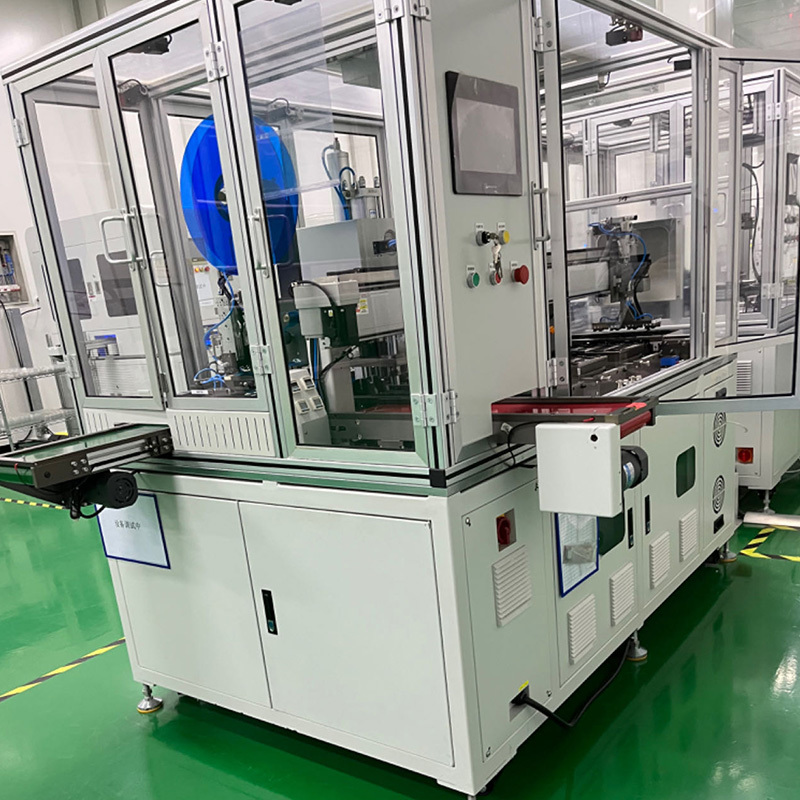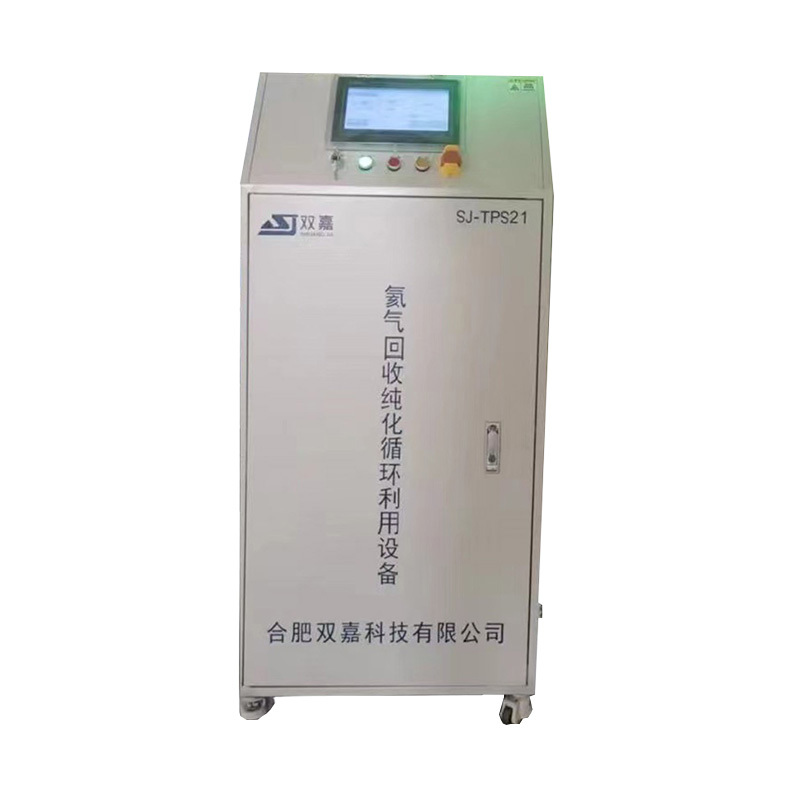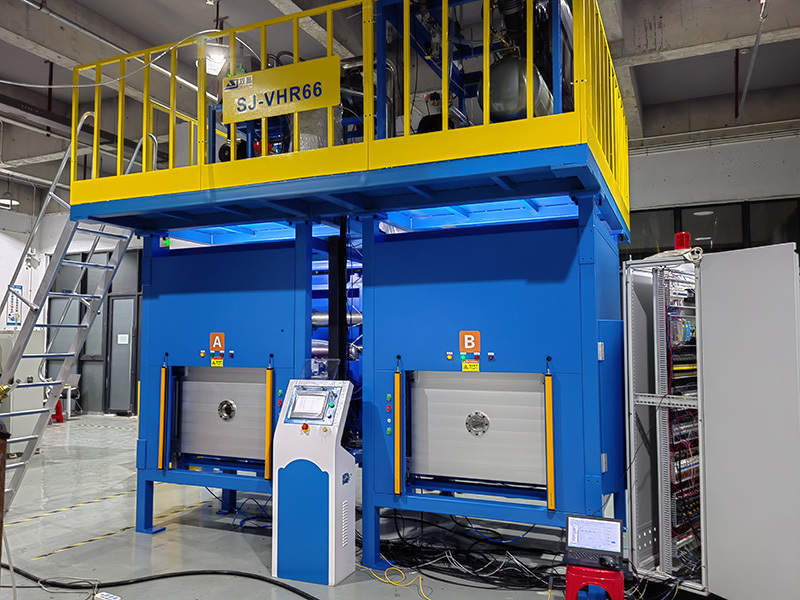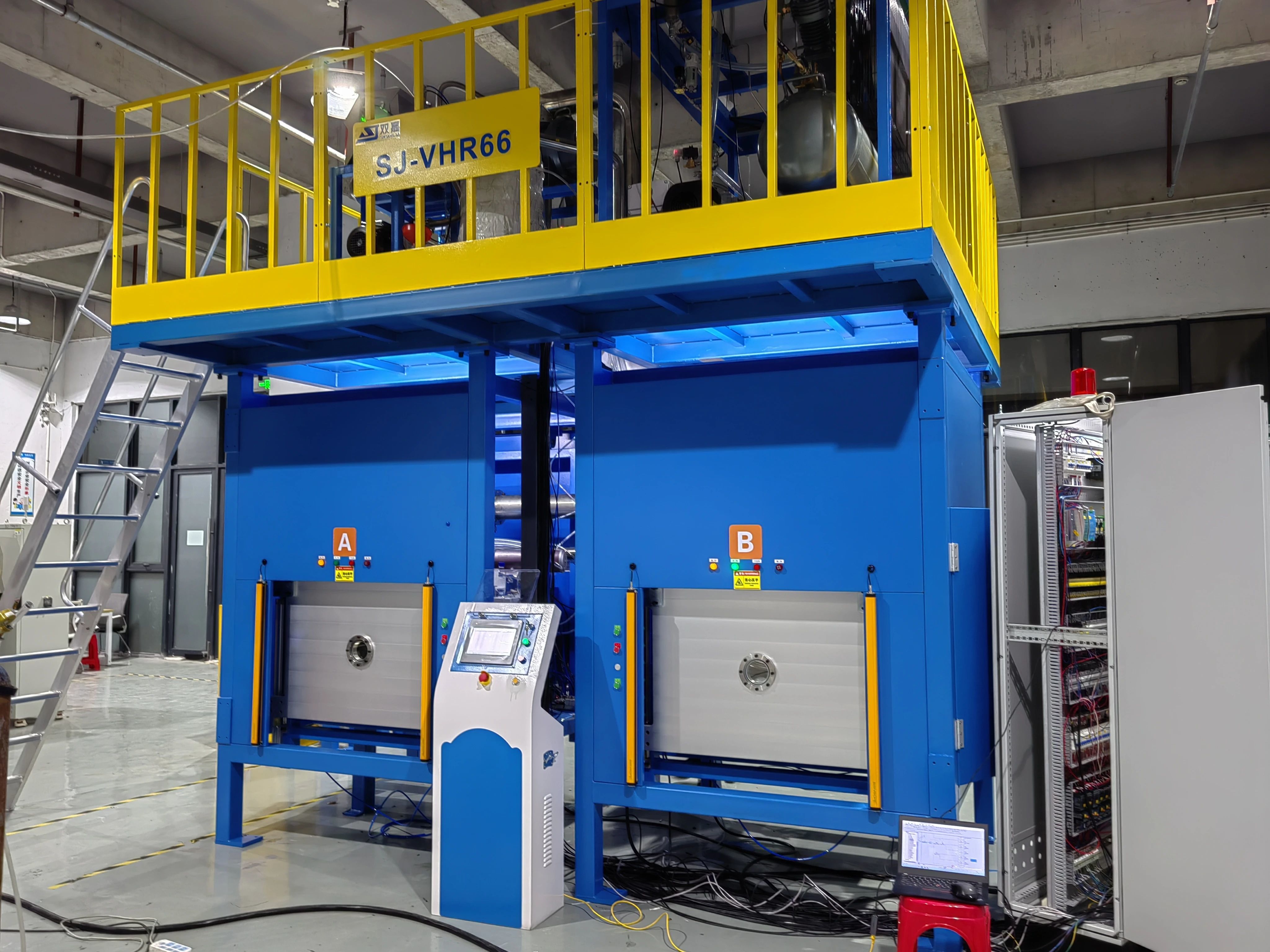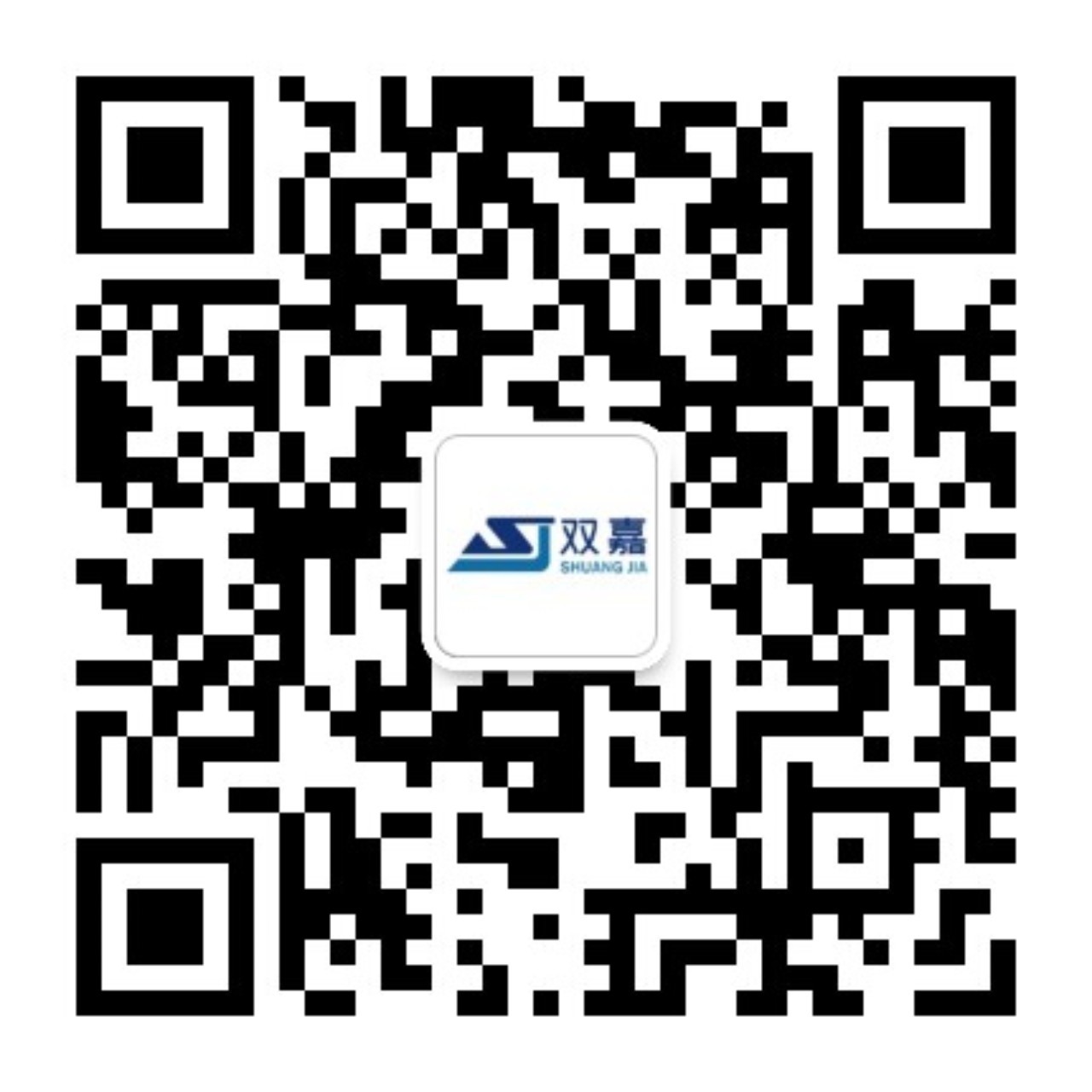Information Details
Common helium leak detection methods for helium mass spectrometer leak detectors include the helium hood method and the injection method
The applications of gases are becoming increasingly widespread, seen in both industry and our daily lives. High-purity helium gas should be used with a pressure reducer such as YQY-12 or 152IN-125. Before use, check for leaks in the gas pipeline with soapy water to ensure there are no leaks. Ensure that the helium does not leak and that the workplace is well-ventilated.
Release time:
2025-03-11
The applications of gases are becoming increasingly widespread, seen in both industry and our daily lives. High-purity helium gas should be used with a pressure reducer such as YQY-12 or 152IN-125 after pressure reduction. Before use, check for leaks in the gas pipeline with soapy water to ensure that the gas pipeline is leak-free. Ensure that the helium does not leak and that the workplace is well-ventilated.
When the helium content increases, causing the oxygen content to fall below 19.5%, the patient first experiences rapid breathing, inattention, and ataxia; this is followed by fatigue, restlessness, nausea, vomiting, coma, convulsions, and eventually death.
The packaged cylinders are marked with their expiration dates. Any expired cylinders must be sent to the relevant department for safety inspection before they can be used again. When each helium cylinder is used to the end, the remaining pressure should be kept at 0.5 MPa, and the minimum should not be less than 0.25 MPa. The valve should be closed to ensure gas quality and safety.
Another aspect is the relatively strict operating procedures for the transportation and application of bottled gas cylinders. They should be stacked separately and kept away from open flames and heat sources. They should be kept away from fire, oil, and grease, and should not be exposed to the sun, heavily thrown, or impacted. Arcing or electric arcs are strictly prohibited on the cylinder body. Rough handling is strictly prohibited. For short-distance movement of helium cylinders, special cylinder handcarts should be used. For long-distance movement of cylinders, hazardous material transport vehicles should be used.
Introduction to two helium mass spectrometry leak detection methods commonly used in production: helium hood method and spray method.
1. Helium Hood Method
The helium hood method involves enclosing the inspected part with a test hood. Before leak detection, the air inside the hood is removed, and then 100 kPa of helium is introduced. When the leak detector output shows a change, it indicates that the inspected part under the helium hood has a leak. The test hood can be made of plastic film; for a large number of small parts, a dedicated rigid test hood can also be made, allowing the pressure of the filled leaking gas to be higher than 100 kPa to improve leak detection sensitivity.
2. Spray Method
The spray method is the most commonly used and convenient leak detection method. During leak detection, a nozzle connected to a helium cylinder is used to spray the suspected leak point. The following points should be noted when using the spray method for leak detection:
(1) Leak detection sequence: From the top to the bottom of the inspected part, spray from the point near the leak detector to the point far away from the leak detector.
(2) During the initial inspection, use a large-diameter nozzle to increase the coverage area of the helium flow. After locating the area of the leak, switch to a small-diameter nozzle to determine the exact location of the leak.
(3) Large leaks (sealed with vacuum mud) should be repaired first, then small leaks should be detected.
(4) When two suspicious leak points are very close to each other, one point should be covered first, and then the other point should be sprayed with the thinnest nozzle.
(5) When the nozzle sprays a certain point, if the leak detector shows a change, but the rising speed is slow and the readings are inconsistent, it indicates that there is a large leak in the vicinity.
(6) After detecting the leak, several more verifications should be carried out.
Generally, the total leak rate is determined first. Only when the total leak rate exceeds the allowable value is the leak location determined. The leak detection environment should be well-ventilated, clean, and dry, and free of strong electromagnetic interference and strong vibration. The ambient temperature is (23±7) ℃, and temperature and atmospheric pressure monitoring devices should be available on-site.
Latest Blog


